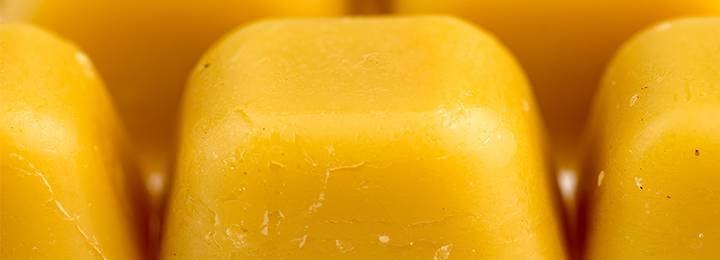Written by: Eric Pimenta and Pooja Sharma
The wax industry faces a future of changing wax supplies. While global wax demand is projected to grow at a compound annual growth rate (CAGR) of 1.3% until 2022, wax supply growth will be relatively slower at a CAGR of 0.8% during the forecast period. Despite a strong increase in the supply of synthetic and natural waxes, growth in the overall supply will not suffice to meet the rise in demand.
Petroleum waxes, which have dominated the global wax market, are in a slow decline. A dramatic rate of decline in Group I lubricant and wax capacity has occurred over the last decade in North America and, more recently, Europe. Synthetic waxes, which entered the market over the last 30 years, are now growing at a rapid pace. New technology is providing vegetable waxes via the catalytic hydrogenation of refined vegetable oils. The entry of these non-petroleum waxes in applications will be contingent on the ability of wax manufacturers to innovate and develop new products, as well as the willingness of wax users to modify their existing processes.
One of the key things to observe is how easily current wax blenders/de-oilers can adapt their production facilities to a new material and how stable the supply is of the new material. It has become inevitable for wax blenders/de-oilers to prepare for a gradual shift away from petroleum waxes and incorporate more synthetic, hydrogenated vegetable, and natural vegetable waxes into their wax business. Their expertise in sourcing different types of waxes and providing tailored products will define the future growth opportunities for their wax business.
Interestingly, the landscape is also changing on the end-use side. Demand for conventional mainstream wax applications, such as candles, has slowed down. Contrary to this, relatively newer rheology and surface applications, which include quickly growing end uses, such as plastics, tires and rubber, and hot melt adhesives, have stepped up as the fastest growing demand area. The ability of these applications to adapt to alternative wax types, such as synthetic and vegetable waxes, will set the stage for future wax supply and demand balance.



